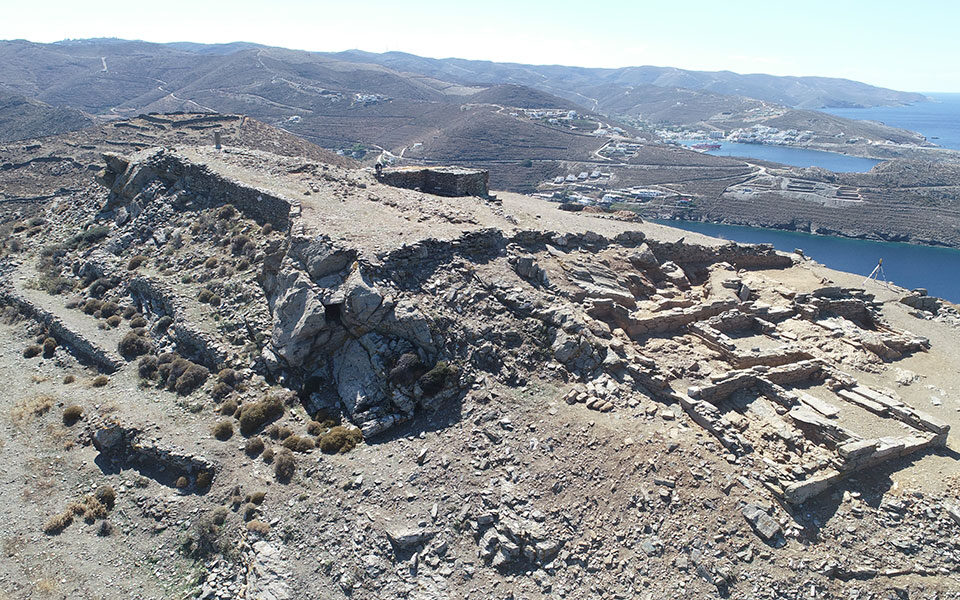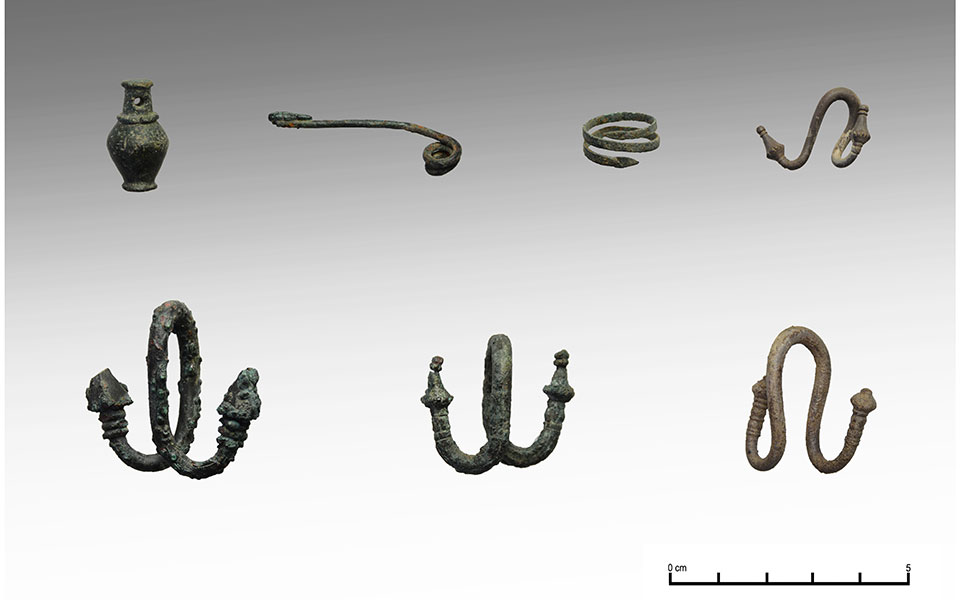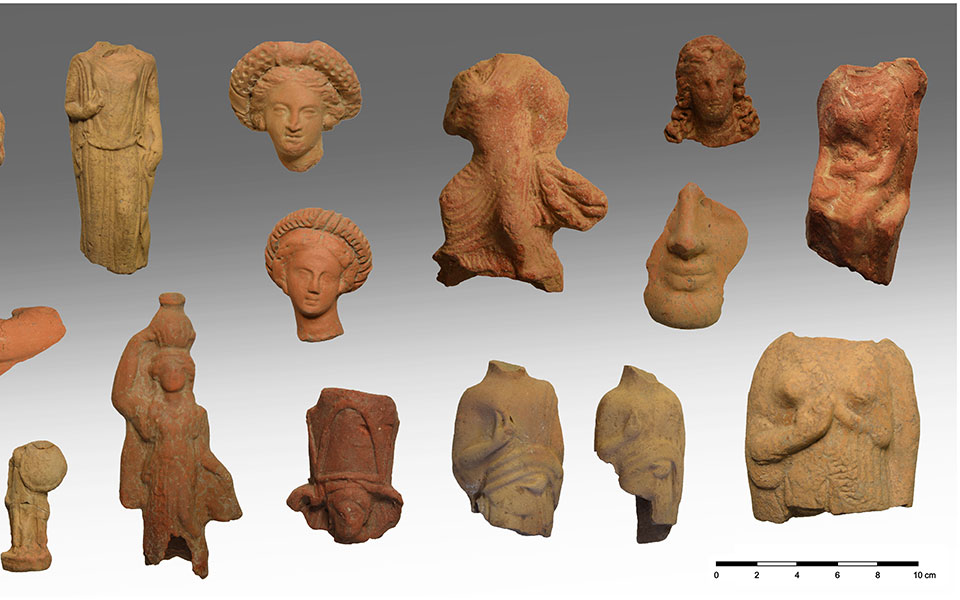Archaeologists excavating a hilltop sanctuary on the Aegean Sea island of Kythnos have discovered “countless” ceramic offerings left by ancient worshippers over the centuries, Greece’s Culture Ministry said Wednesday.
A ministry statement said the finds from work this year included more than 2,000 intact or almost complete clay figurines, mostly of women and children but also some of male actors, as well as of tortoises, lions, pigs and birds.

© Hellenic Ministry of Culture and Sports
Several ceremonial pottery vessels that were unearthed are linked with the worship of Demeter, the ancient Greek goddess of agriculture, and her daughter Persephone, to whom the excavated sanctuary complex was dedicated.
The seaside site of Vryokastro on Kythnos was the ancient capital of the island, inhabited without break between the 12th century BC and the 7th century AD, when it was abandoned for a stronger position during a period of pirate raids.
The artifacts came from the scant ruins of the two small temples, a long building close by that may have served as a temple storeroom and a nearby pit where older offerings were buried to make space for new ones. The sanctuary was in use for about a thousand years, starting from the 7th century BC.
The excavation by Greece’s University of Thessaly and the Culture Ministry also found luxury pottery imported from other parts of Greece, ornate lamps and fragments of ritual vases used in the worship of Demeter and Persephone at Eleusis, an ancient Athens suburb.

© Hellenic Ministry of Culture and Sports
It is unclear to what extent the site on Kythnos was associated with Eleusis — one of the most important religious centers in ancient Greece, where the goddesses were worshipped during secret rites that were only open to initiates forbidden to speak of what they saw. The sanctuary at Eleusis is known to have owned land on the island.
Kythnos, in the Cyclades island group, was first inhabited about 10,000 years ago. Its copper deposits were mined from the 3rd millennium BC, and in Roman times it was a place of political exile.
The excavations are set to continue through 2025.
This article was previously published at ekathimerini.com.











